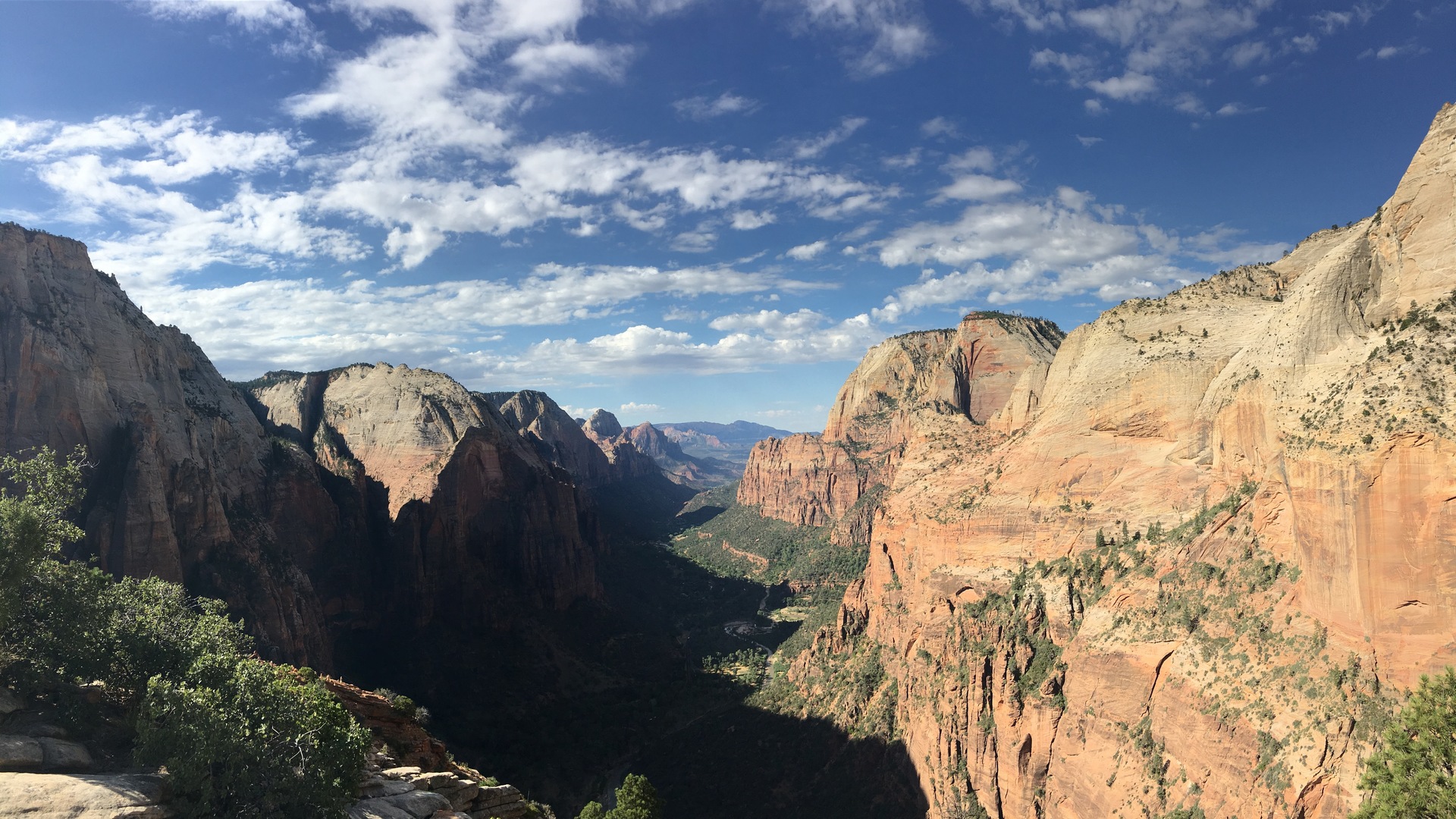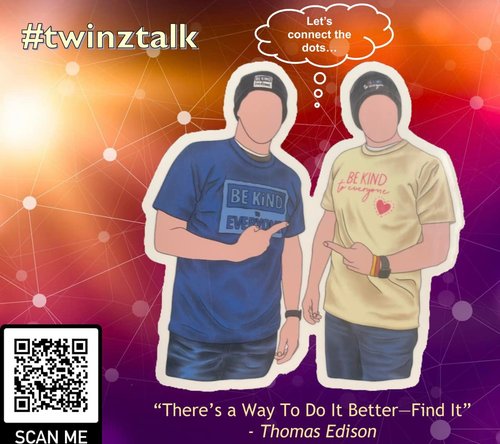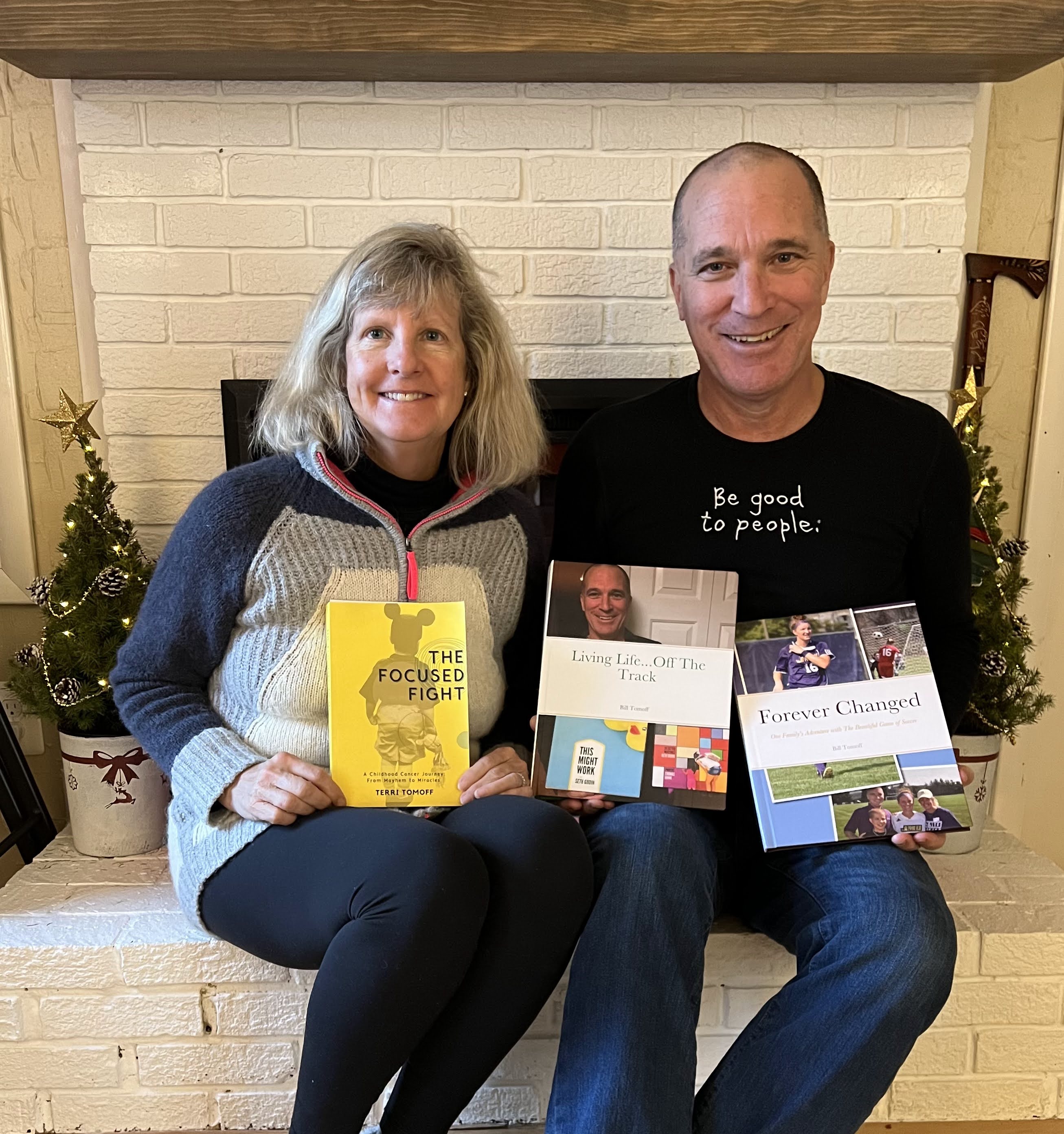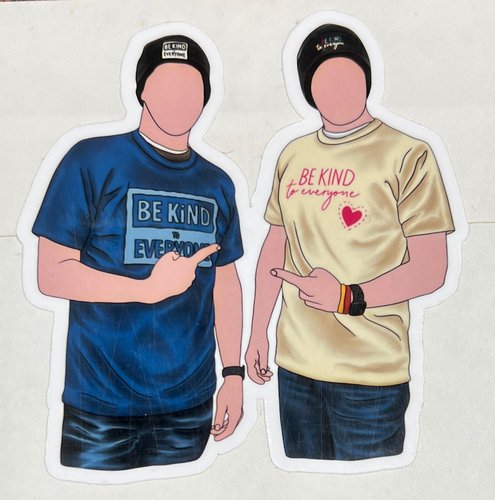This is part 6 of 6 posts introducing ChatGPT and a path forward to consider for adoption and learning growth.
- Part 1 of 6 (Introduction) can be found here.
- Part 2 of 6 (Description of GenAI framework and ChatGPT “fit”) can be found here.
- Part 3 of 6 (Steps to Getting Started) can be found here.
- Part 4 of 6 (High-Level Concepts to Understand) can be found here.
- Part 5 of 6 (Resources for Learning: Influencers and Online Learning courses) can be found here.
Don and I think it is important to reemphasize the mindset that whether or not you adopt GenAI and LLMs such as ChatGPT is YOUR DECISION. Studying these new tools and challenging yourself with personal use cases is a path available to everyone. You will benefit and be of greater value personally and professionally because of the knowledge attained and skills developed. Embrace a mindset of curiosity and possibility while also paying attention to the inevitable risks that arise. Learning is your secret weapon.
To stimulate your thinking, below are several use case examples that the Twinz have used. Once you have experienced the potential of immediate, ad-free feedback, we promise your creative juices will start flowing in ways ChatGPT Plus can compellingly contribute to your life.
- Visiting a new location? Ask ChatGPT to provide suggestions for must-see highlights. During a 2023 trip to Normandy in France, ChatGPT was my companion for questions about the D-Day invasion.
- Planning a vacation (i.e., My family of four is planning a trip to Walt Disney World in Florida – please suggest an itinerary for a six-day, five-night trip).
- Ask ChatGPT to create a QR Code.
- Using the Vision functionality, ask ChatGPT to explain the details of a product you have a picture of.
- Ask ChatGPT to adopt a specific persona and then ask a relevant question where that expertise is required. An example would be to ask for estate planning thoughts from the persona that ChatGPT is “an attorney with expertise in estate planning.”
- Specific questions regarding technology – such as “Please provide a brief introduction to prompt engineering and why it is important to prioritize time to understand the nuances of prompting when working with ChatGPT.”
- One of my favorite uses includes asking ChatGPT to summarize and, often, provide bullet-point highlights of specific writing content I created. An example is my blog post “The Art of the Epitaph: Conveying a Lifetime in Ten Words or Less.”
Once you have found your own use cases, we would love to know how ChatGPT has contributed to your life. Personal use alone will change and enhance your life experience. Wishing you the best in your adventure!
BONUS: Custom GPTs
While Don and I encourage adopting “start narrow” and experiencing specific use cases for ChatGPT Plus in your world, it is critical to understand AI is rapidly evolving with new features and possibilities. The potential to feel overwhelmed and unsure where to focus your energies is likely. Please start, embrace ambiguity, pay attention to experts in the space, and accept that no one has all the answers to where the technology will evolve to in the future – only that it will evolve.
Within ChatGPT Plus, an exciting development announced on November 6, 2023, from OpenAI is the ability for users to create GPTs. OpenAI has created a store where users can sell GPTs. The GPT feature is not discussed in this ChatGPT Lite introduction, but if you made it this far, we are sharing the awareness of GPTs! Per the article linked below:
What are these GPTs?
“GPTs are custom versions of ChatGPT from OpenAI, its business partners, and thousands of third-party developers who created their own GPTs.
Sometimes when people encounter ChatGPT, they don’t know where to start. OpenAI calls it the “empty box problem.” Discovering that led the company to find a way to narrow down the choices, Turley said.
“People really benefit from the packaging of a use case — here’s a very specific thing that I can do with ChatGPT,” like travel planning, cooking help or an interactive, step-by-step tool to build a website, Turley said.
Think of GPTs as OpenAI trying to make the general-purpose power of ChatGPT more refined the same way smartphones have a wealth of specific tools. (And think of GPTs as OpenAI’s attempt to take control over how we find, use and pay for these apps, much like Apple has a commanding role over iPhones through its App Store.)”
ChatGPT: Here’s What It Is, How It Works and How It’s Evolving – CNET








